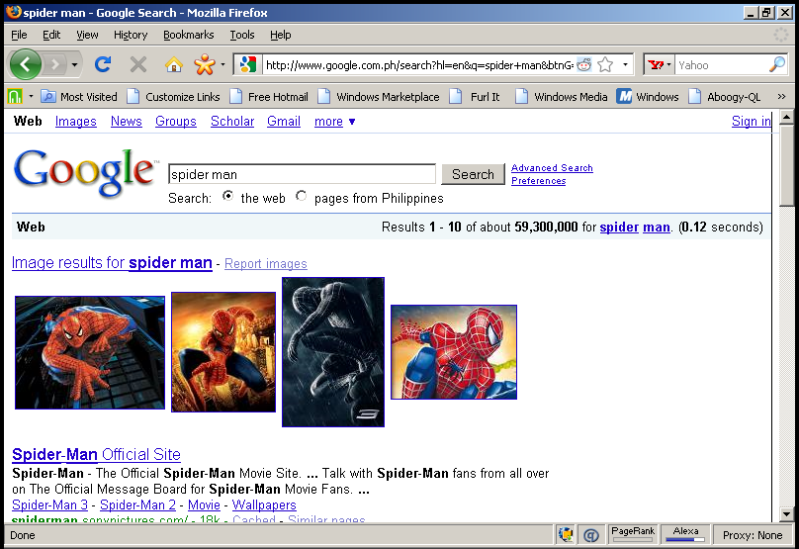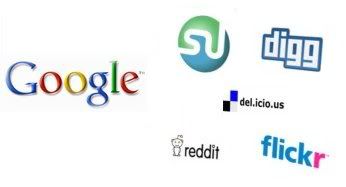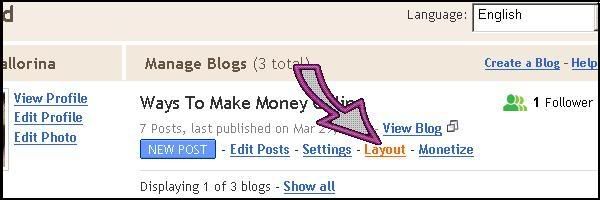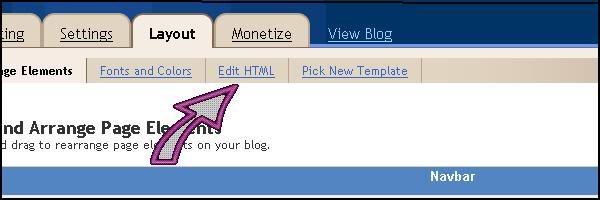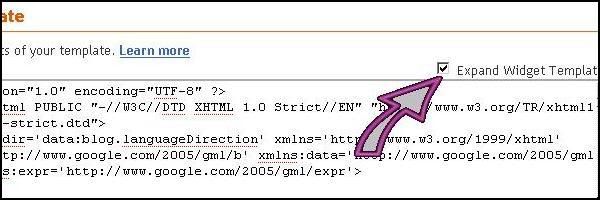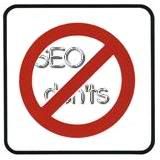
If you have been following my posts in this blog, you probably noticed that I removed my last two previous posts because I got penalized by Google for scrapping the contents of my other blogs which in turn dropped the rankings of my web pages on the SERP.
Since I have several blogs and I don't have much time posting on each of them basically because I am too busy with my personal life. I was planning to combine the posts of my blogs into one blog, which apparently turns out bad for me. Hopefully, by removing those posts, it will help me get back my web pages to the spot where they were before on the SERP.
Even though I know the fact that a site can get penalized or much worst banned by Google for having duplicate contents, it turned out that I got careless and didn't even thought about that. I hope that this serves as a warning to all webmasters and bloggers out there.
On this post, I'm going to share some SEO DONT'S that I know to avoid getting your site banned by Search Engines.
Here are some of them:
Cloaking is a black hat SEO technique which delivers content based on the IP adresses or the user agent HTTP. When a user is identified as a SE spider, it delivers a different version of web page not presented to an internet user. The purpose of this is to deceive Search Engines, but Google and other SE's say they can detect it.
Doorway Pages are web pages made for spamming the index of SE's with the purpose of sending internet users to a different page.
Keyword stuffing is the act of adding too many keywords to a page. This is either meta tags or web page content.
Duplicate Contents is when several websites have the same contents. Normally, Google will give a penalty for this and the keyword of the web page won't rank high on the SERP.
Bad Neighborhoods are those websites that uses unethical SEO techniques to get high search placement in the SERP. For more info, see What is a bad neighborhood?.
Continue reading...
Since I have several blogs and I don't have much time posting on each of them basically because I am too busy with my personal life. I was planning to combine the posts of my blogs into one blog, which apparently turns out bad for me. Hopefully, by removing those posts, it will help me get back my web pages to the spot where they were before on the SERP.
Even though I know the fact that a site can get penalized or much worst banned by Google for having duplicate contents, it turned out that I got careless and didn't even thought about that. I hope that this serves as a warning to all webmasters and bloggers out there.
On this post, I'm going to share some SEO DONT'S that I know to avoid getting your site banned by Search Engines.
Here are some of them:
Cloaking is a black hat SEO technique which delivers content based on the IP adresses or the user agent HTTP. When a user is identified as a SE spider, it delivers a different version of web page not presented to an internet user. The purpose of this is to deceive Search Engines, but Google and other SE's say they can detect it.
Doorway Pages are web pages made for spamming the index of SE's with the purpose of sending internet users to a different page.
Keyword stuffing is the act of adding too many keywords to a page. This is either meta tags or web page content.
Duplicate Contents is when several websites have the same contents. Normally, Google will give a penalty for this and the keyword of the web page won't rank high on the SERP.
Bad Neighborhoods are those websites that uses unethical SEO techniques to get high search placement in the SERP. For more info, see What is a bad neighborhood?.

